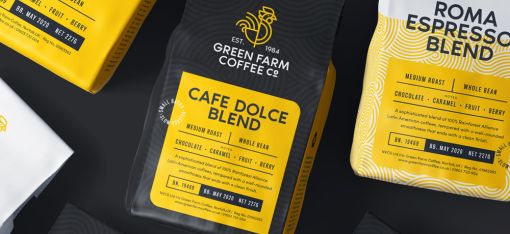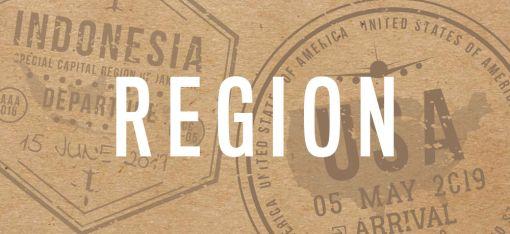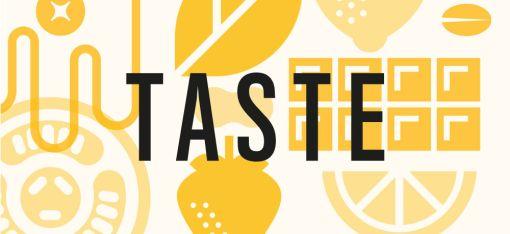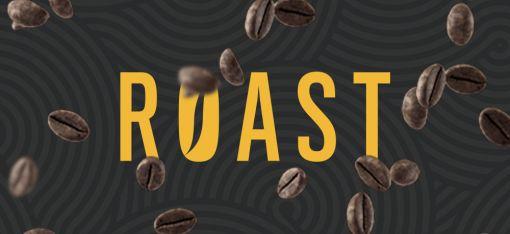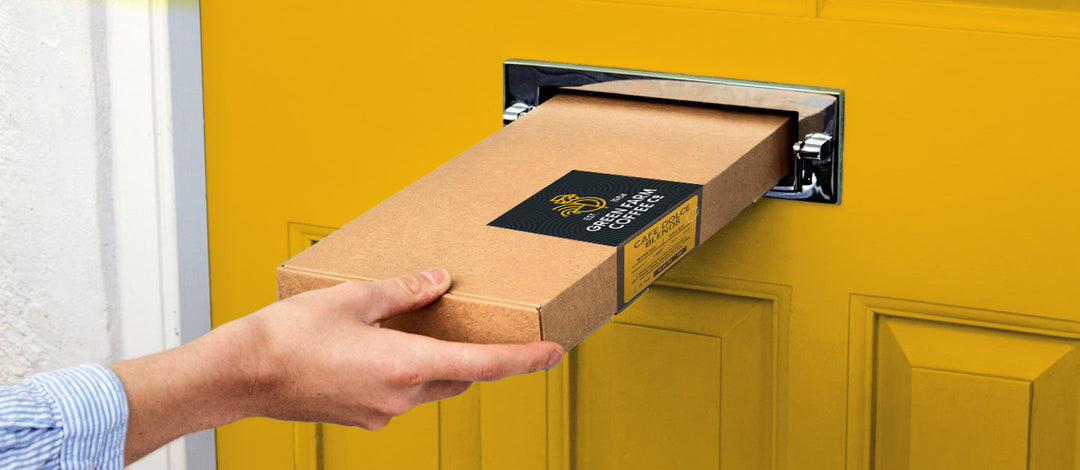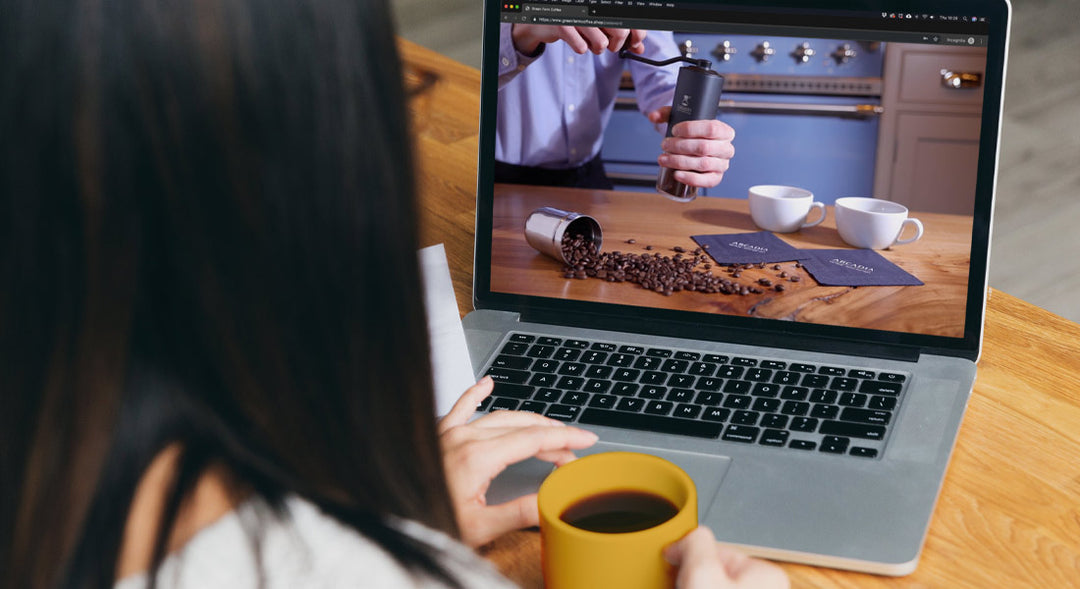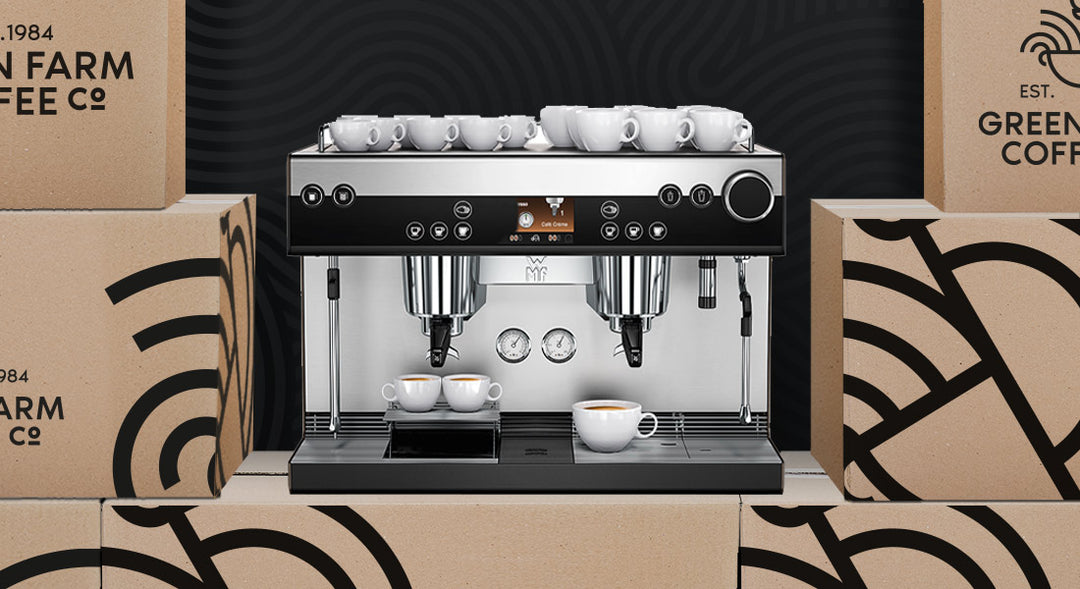Beethoven's 60 Bean Coffee Recipe
It has been said that Ludwig van Beethoven was a massive coffee lover and caffeine addict!

Baptised 17th December 1770, born in Bonn, Germany; Beethoven was a composer and pianist.
Still to this day one of the most recognised and influential composers of all time.
Beethoven is said to have lost his hearing from a fit he suffered which led him to fall, upon getting up had found himself deaf.
He had partial hearing loss and a severe form of tinnitus; it's been said he once cut the legs off his piano and listened to the vibrations in the floor to compose!
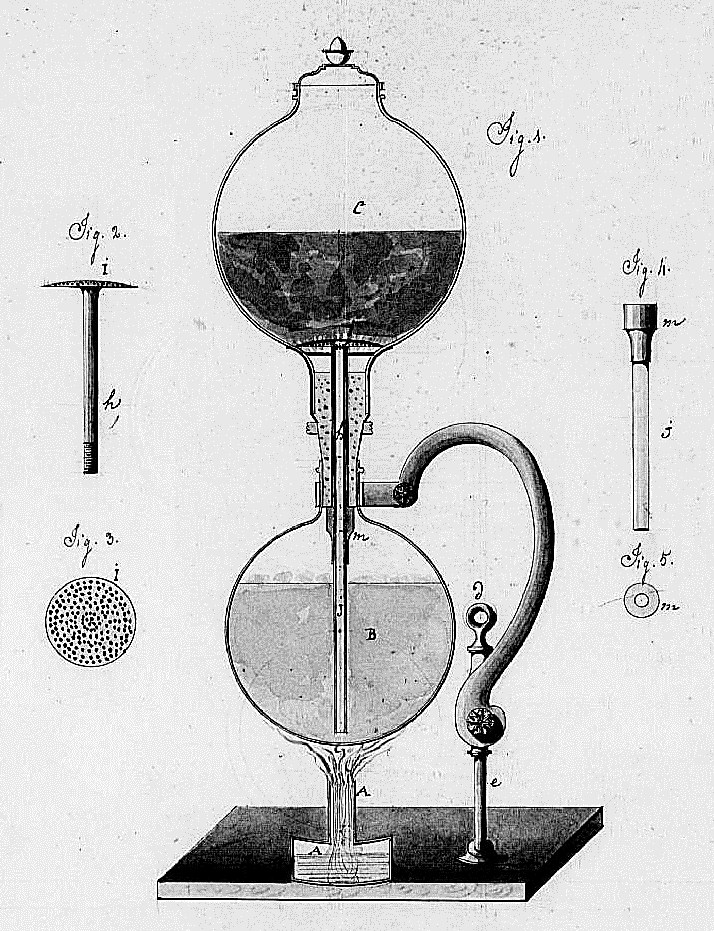
Madness!
Although his composing and musical talents shined through, it's been written that he was a huge lover of coffee!
And would drink a cup for breakfast every day.
There are writings that say Beethoven used to be very picky with the way he made his coffee.
He was certain that the perfect coffee was made with exactly 60 coffee beans!
In the book 'Beethoven As I Knew Him' by Anton Schindler; Anton describes Beethoven's coffee love and preparation as "Oriental".
Referring to the way teas were prepared, crafted and beautifully presented by Asian countries.
Anton also mentions he produces his coffee in a glass coffee maker.
Which we can only presume was a French Balloon Coffee Maker, or what we would call a Siphon or Vacuum Coffee Maker.
With this in mind, we decided to try and recreate the perfect Beethoven Coffee!
We like to take things to new levels so as well as using a siphon coffee maker we will also be trying out the 60 coffee bean method through espresso, cafetiere and drip through methods too.
Our first experiment to recreate Beethoven's coffee was using a traditional espresso machine.
Though it wasn't invented at the time; it's going to be interesting to see how the extraction comes through the machine.
Extraction took around 10 seconds, the 60 beans in the basket came under halfway of the usual measurement.
For a single shot of coffee, it wasn't as watery as you'd think!

The 60 beans on average would weight 7.9 grams which aren't far off the normal espresso weight of around 8 g.
The flavour was good using our Roma beans and overall it just tasted like a milder adaptation of our favourite blend.
So for espressos, Beethoven wasn't far from the truth with his 60 bean policy.
Next up, the cafetiere, invented around the 1850s it was a more traditional option and
approach to reliving Beethoven's coffee tastes.
We ground our 60 beans for a cafetiere and ran it through using a lot less water,
then for a whole cup to keep some flavour and avoid watery, weak coffee.
Although not completely avoidable using a lot fewer beans the result was an unfortunately watery coffee which really pulled the full-body away from our coffee. This was not the method for us, and we hope Beethoven had better tastes than this. Although we will never know his recipe for coffee only the amount of beans we are doing our best to recreate his favourite morning drink!
Just for some idea, we've found that coffee cost around 0.12 to 0.22 $ a lb which is 454 grams. Today 454 grams coffee costs you an average of $15!
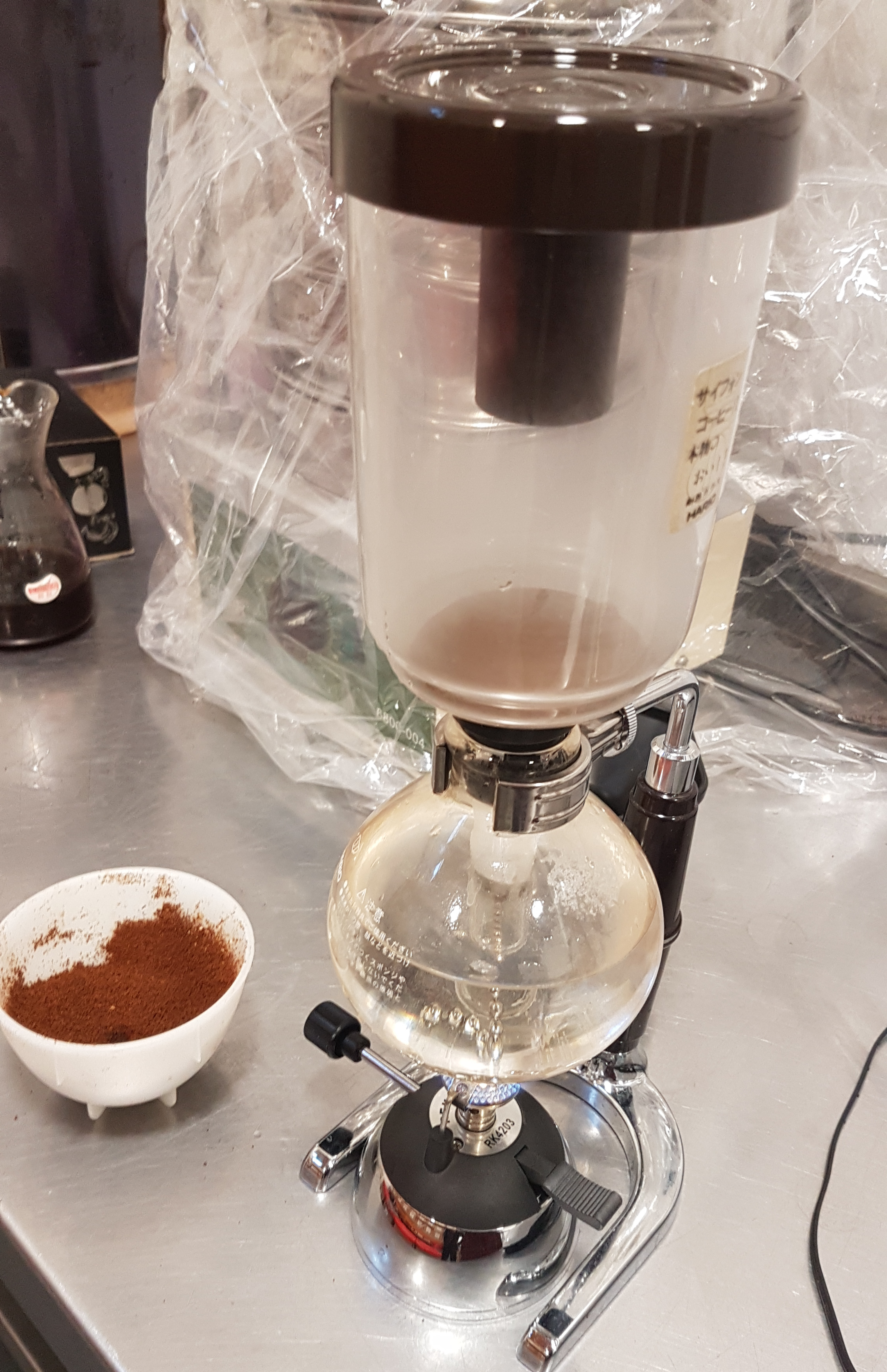
Or to look at it in pounds sterling, $0.12 is about equivalent to £2.41 in 2018.
Our last coffee brewing method is the siphon, we imagine it's similar to what Beethoven would of used as the French Balloon coffee makers were starting to grow in popularity.
Using the 60 beans magic number we ground our coffee pretty fine and heated our water in the bottom balloon of the siphon.
When the water is hot enough it rises from the bottom balloon up to the top glass. This is due to the changes in vapour pressure of the balloon which pushes the water up.
Once all the water is in the top chamber you add the coffee and stir to ensure all grounds are submerged. After brewing the heat is removed and the pressure in the bottom chamber once again changes meaning gravity and atmospheric pressure push the water back down into the siphon.
In the bottom of the siphon as pictured here is a filter which stops any coffee grounds passing through with the water on it's way back down.
Once brewed you carefully take apart the siphon and decant your coffee from the bottom balloon container.
This coffee tasted pretty good and we actually had a slight issue with the filter wanting to pop up during the process.
Even regardless of a slight hiccup, the coffee tasted smooth and well brewed. Only using 60 beans is tough and does water down your coffee depending on how much you make.
We've got to give it to Beethoven, it's not the worst recipe for coffee in the world. Maybe in the 18th Century, people were more conservative with their spending and use of luxury items. With coffee becoming a huge commodity as time goes on it's important to note how some of the biggest influences in our history played a part. Even Beethoven's obsessive counting, which could have led to a musical masterpiece. We'll never know the impact and influence it had on his life and music but we know we function better after a cup of coffee in the morning!
Here is what 60 coffee beans look like laid out, and in cups, it's not many!



